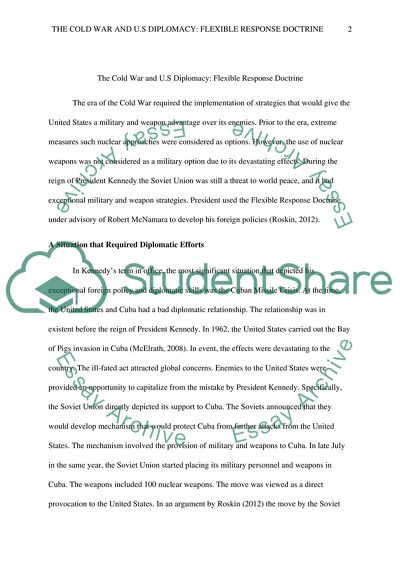Cite this document
(The Cold War and U.S. Diplomacy Essay Example | Topics and Well Written Essays - 1250 words - 2, n.d.)
The Cold War and U.S. Diplomacy Essay Example | Topics and Well Written Essays - 1250 words - 2. https://studentshare.org/politics/1858013-the-cold-war-and-us-diplomacy
The Cold War and U.S. Diplomacy Essay Example | Topics and Well Written Essays - 1250 words - 2. https://studentshare.org/politics/1858013-the-cold-war-and-us-diplomacy
(The Cold War and U.S. Diplomacy Essay Example | Topics and Well Written Essays - 1250 Words - 2)
The Cold War and U.S. Diplomacy Essay Example | Topics and Well Written Essays - 1250 Words - 2. https://studentshare.org/politics/1858013-the-cold-war-and-us-diplomacy.
The Cold War and U.S. Diplomacy Essay Example | Topics and Well Written Essays - 1250 Words - 2. https://studentshare.org/politics/1858013-the-cold-war-and-us-diplomacy.
“The Cold War and U.S. Diplomacy Essay Example | Topics and Well Written Essays - 1250 Words - 2”. https://studentshare.org/politics/1858013-the-cold-war-and-us-diplomacy.


